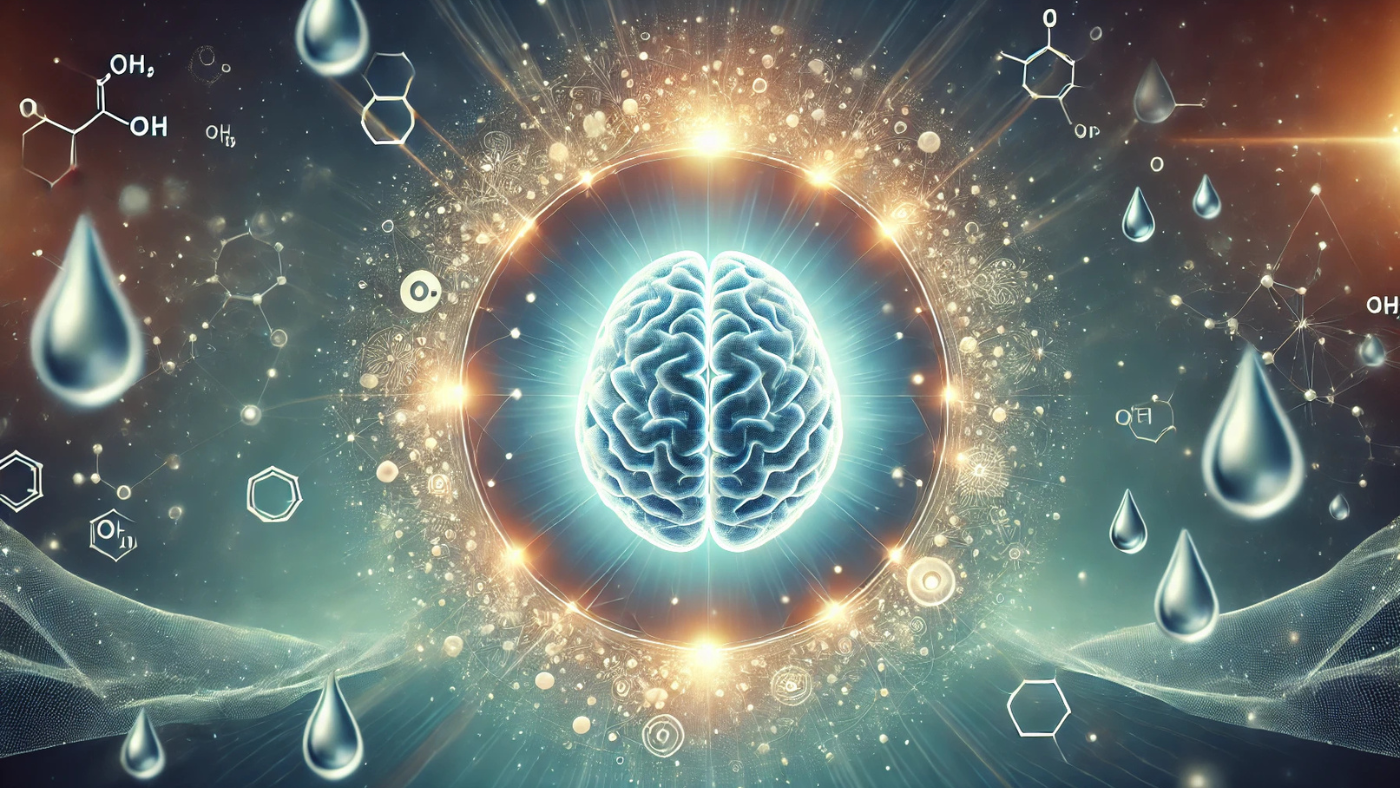Wild Content
-
Abstract Summary Objective: This study explores the effects of the ketogenic (keto) diet on weight loss, blood sugar regulation, and cardiovascular health. It aims to assess the benefits and risks associated with a high-fat, low-carbohydrate diet in individuals with various...
-
Abstract Summary Objective: This study investigates the effects of keto diet pills designed to promote ketosis on weight loss, body composition, and overall health markers in overweight individuals. Context: The ketogenic diet has become a popular weight-loss strategy by emphasizing...
-
While cinnamon is a fantastic spice that makes all your favorite dishes taste warm and sweet, there’s a lot more to cinnamon than what meets the nose. It has been a favorite for thousands of years, not just for its...
-
Balancing blood sugar is vital for overall well-being. However, most individuals need to learn about natural approaches to this phenomenon. There is a spice that can pull a lot of weight in controversial stakes, such as stabilizing blood sugar levels....
-
This disease is one of the primary concerns of modern pharmacology and treatment of patients, as millions of people around the world are diagnosed with diabetes. It surfaces when the body fails to control blood glucose levels; it may be...
-
Cinnamon tea has a pleasant smell and taste and can be good for your health in more ways than one. If you need a hot drink to warm your body and start your day, stimulate your metabolism, or just desire...
-
Abstract Summary Objective:To assess the impact of a ketogenic diet on fat oxidation, appetite control, and weight loss in obese women. Context:A ketogenic diet has been shown to promote fat oxidation and reduce hunger hormones, potentially leading to weight loss....
-
Abstract Summary Objective:The study aimed to evaluate the effectiveness of ketogenic diets, specifically focusing on dinner meal plans, for weight loss and metabolic health improvement. Context:With the rising popularity of the ketogenic diet, there is a growing interest in meal...
-
Cinnamon is the world’s most beloved spice. Sweet and warm, its flavor has graced kitchens for centuries and can be found in desserts and savory dishes. Cinnamon isn’t just an at-tasting ingredient; it’s also full of powerful health benefits. In...
-
Cinnamon is more than what you put on things; it is something to eat. For centuries, this aromatic ingredient, obtained from the bark of Cinnamomum trees, has been prized for its warm flavor and remarkable health benefits. Adding cinnamon is...
-
If you're following the keto diet, satisfying your sweet tooth can seem like a challenge. But it doesn't have to be! Keto dessert recipes are a fantastic way to enjoy treats while staying on track with your low-carb, high-fat lifestyle. ...
-
It can be hard to find time to cook a healthy, low-carb meal in a week. I know it’s easy to end up in the rut of relying on take out or grab and go, quick processed meals, between work,...
-
Cinnamon has been valued for its sweet taste and secondary saponification properties. Some of the new findings indicate that the hormone could also aid in weight loss. Including cinnamon in your diet can help you battle the bulge. In this...
-
Intermittent fasting has become one of the most talked-about strategies for weight loss. Unlike traditional diets, it focuses more on when you eat than what you eat. If you’ve been looking for a sustainable and effective way to shed unwanted...
-
Intermittent fasting (IF) has recently become one of the most talked-about health trends. It is a lifestyle change that can improve your physical and mental well-being and goes beyond simply missing meals. In this article, you’ll discover how intermittent fasting...
-
Intermittent fasting (IF) is more than just a trendy diet—it’s a lifestyle that can transform your health in simple yet powerful ways. By focusing on when you eat rather than what you eat, intermittent fasting allows your body to switch...
-
A crucial hormone, testosterone, is in charge of numerous vital bodily processes. From building muscle and maintaining bone density to fueling energy and supporting a healthy libido, testosterone plays a critical role, especially for men. Fatigue, diminished strength, weight gain,...
-
More than just a hormone, testosterone is the source of your vitality, vigor, and general health. For men, maintaining optimal testosterone levels is essential for muscle growth, stamina, and mood. Even women benefit from balanced testosterone, as it supports bone...
-
Testosterone is more than a hormone; it drives your energy, mood, and overall vitality. When levels are balanced, you feel strong, focused, and confident. But if testosterone dips, it can affect your physical and mental health in profound ways. The...
-
The ketogenic (keto) diet has taken the world by storm because it can help people shed weight quickly by drastically reducing their carbohydrate intake. Understanding how many carbs you should eat to stay in ketosis and maximize weight loss is...















